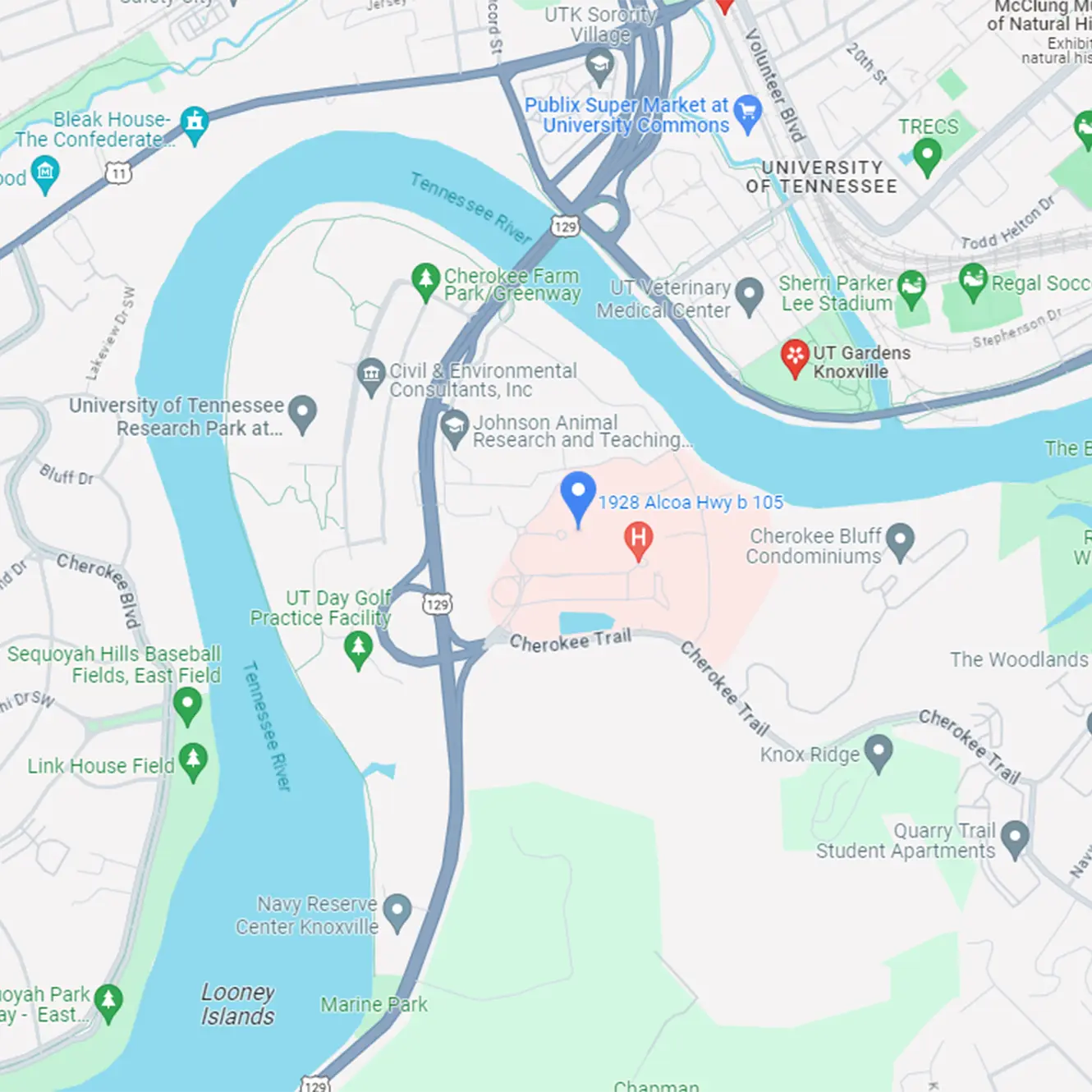Promethazine hydrochloride (Phenergan) is an antihistamine that relieves nasal stuffiness and inflammation and red, inflamed eyes caused by hay fever and other allergies, treats itching, swelling, and redness from hives and other rashes, allergic reactions to blood transfusions, a sedative and sleep aid for both children and adults, prevents and controls nausea and vomiting before and after surgery, and motion sickness.
How should it be used?
This medication is available in syrup, tablet, suppository and injection forms.
Tablet form:
- Take by mouth with or without food or milk.
- Take with a full glass of water.
- Follow directions on how much to take, and when to take it, by your pharmacist or doctor.
Syrup form:
- Take by mouth with or without food.
- Measure liquid with a marked measuring spoon or medicine cup, not a regular spoon. If you do not have a dose-measuring spoon or cup, you can ask the pharmacist.
Suppository form:
- Use only in the rectum. Do not use in the mouth.
- Follow directions on how to use by the pharmacist or doctor.
Injection form:
- Injection is usually given in the doctor’s office, hospital or clinic.
- If using at home someone will teach you how to use it.
- Follow the procedure you are taught when you use a dose.
- Do not use if it contains particles, is cloudy or discolored, or if the vial is damaged.
- If you are using for motion sickness, take dose at least 30-60 minutes before you start traveling.
- Follow all rules in how to throw away the used needles and vials.
Phenergan may cause drowsiness, dizziness or blurred vision. Do not drive or do any activity where it will be unsafe until you know how you will react.
If you are taking this medicine on a regular schedule, take the missed dose as soon as you remember. If it is almost time for the next dose, don’t take the dose you missed. Wait and take the regular dose so you can get back to the regular schedule. Never take 2 doses at one time.
Special Precautions/Instructions
Before you start taking this medicine tell your doctor about any of the following:
- All medications (including over the counter), vitamins, herbal products, and supplements you are taking.
- Have a problem (hypersensitivity) to promethazine or anything in this medication:
- o tablets: promethazine HCL, lactose, magnesium stearate, methylcellulose
- o -12.5 mg dosage also contains: FD&C Yellow 6 and saccharin sodium
- o -25 mg dosage also contains: saccharin sodium
- o -50 mg dosage also contains: FD&C Red 40
- o -Suppository: promethazine HCL, ascorbyl palmitate, silicon dioxide, white wax, and cocoa butter
- Have a stomach ulcer
- Have an enlarged prostate
- Have narrow-angle glaucoma
- Have an intestinal blockage
- Have a bladder blockage
- Have heart problems
- Have liver problems
- Have breathing or lung problems
- Have sleep apnea
- Have seizures
- Drink alcohol
- Are pregnant, plant to become pregnant, or breastfeeding.
This medication should NOT be used in:
- Children less than 2 years old
- Patients who are unconscious
- Patients who are allergic to promethazine, any of the ingredients in promethazine, or to other phenothiazines
- Patients with lung symptoms including asthma
- Children who are vomiting unless the vomiting is prolonged and there is no known cause
Avoid prolonged exposure to the sun.
Avoid using with anticholinergics or tricyclic depressants, levodopa, lithium, MAO inhibitors, quinolones, or yohimbe.
Side Effects
The most common side effects include: drowsiness, changes in blood pressure, skin reactions, blood cell changes, and breathing problems.
Contact your doctor immediately if you experience signs of an allergic reaction including:
- Diarrhea
- Feeling sick
- Fever, shivering/chills, rash
- Muscle and bone pain
- Kidney problems (changes in the amount of urine or color of urine)
- Tiredness, dizziness
- Itching
- Swelling
- Trouble breathing
Patient should immediately report any involuntary muscle movements.
For complete information, please visit: http://www.fda.gov/cder/drug/infopage/promethazine/default.htm
Storage Conditions
- Medicine in the tablet form should be stored at room temperature (68 to 77 degrees F).
- Store suppository in the refrigerator between 36-46 degrees F.
- Keep out of reach of children.
- Protect from sunlight and moisture.
Emergency/Overdose
Call the national poison control center 1-800-222-1222 or 911 in the event of overdose. Symptoms of an overdose include vomiting, diarrhea, sore throat, fever, chills, and other signs of infection.














